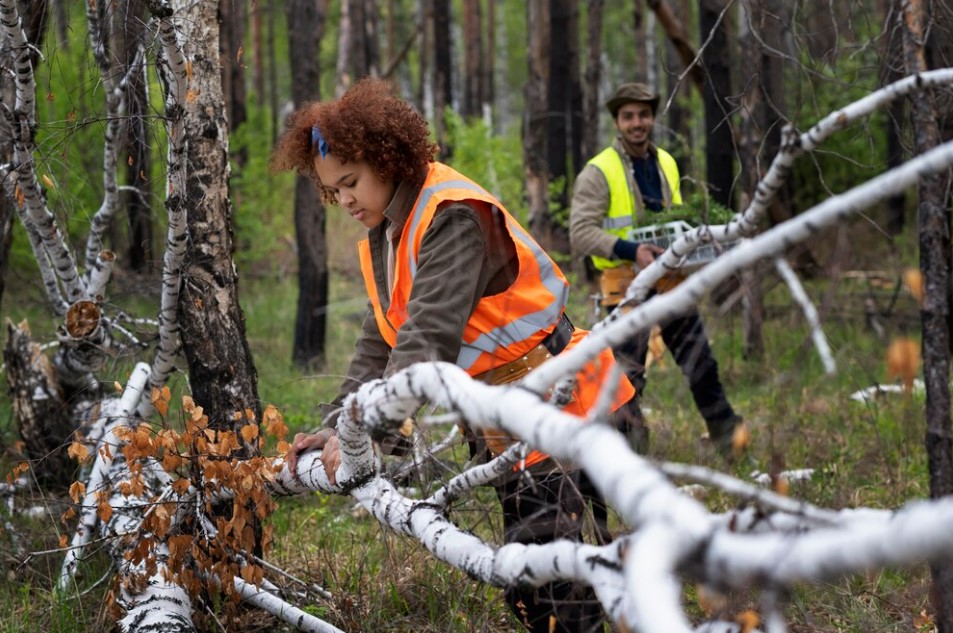
The beauty and benefits of trees in our surroundings are undeniable, providing shade, oxygen and aesthetic appeal. However, just like any living organism, trees are susceptible to diseases that can compromise their health and longevity. Understanding common tree diseases and preventive measures that arborists employ can help ensure the well-being of your arboreal investments.
Common Tree Diseases
1. Dutch Elm Disease
Among the most notorious tree diseases, DED affects elm trees, causing wilting, yellowing of leaves and eventual death. The disease is caused by a fungus spread through elm bark beetles. Once infected, trees face rapid decline, making early detection and intervention crucial.
2. Oak Wilt:
Oaks are vulnerable to a lethal fungus called Ceratocystis fagacearum, causing a blockage of water-conducting vessels. Symptoms include wilting and discolouration often leading to tree mortality. The disease is primarily spread through root grafts, making it imperative to address affected trees promptly.
3. Fire Blight:
A bacterial infection affecting trees in the rose family, including apple and pear trees, fire blight leads to wilting, blackening and a scorched appearance of leaves. The bacterium spread through rain, wind and inspects, posing a threat to orchards and landscapes.
4. Anthracnose:
This fungal disease affects a variety of deciduous trees, causing dark lesions, defoliation and dieback. Anthracnose spreads during wet conditions and can significantly impact the aesthetic appeal and overall health of affected trees.
Prevention Through Aborsits
An Arboriculturalist can play a crucial role in preventing and mitigating the impact of tree diseases. Here’s how they contribute to the health of your trees.
1. Regular Inspections
Arborists conduct thorough tree inspections to identify early signs of diseases. They look for symptoms such as leaf discolouration, cankers and unusual growth patterns. Early detection allows for prompt intervention and prevents the spread of the disease to other trees.
2. Proper Pruning Techniques
Pruning is an essential practice for maintaining tree health. Arborists employ proper pruning techniques to remove infected branches and promote air circulation, reducing the risk of fungal and bacterial infections. Strategic pruning also helps in preventing the spread of diseases within the tree canopy.
3. Soil Management
Arborists assess soil conditions to ensure optimal health for your trees. They may recommend soil amendments aeration and proper mulching to enhance the tree’s resilience against diseases. Healthy soil provides essential nutrients and contributes to the overall well-being of trees.
4. Dieases-Resitiance Tree Selection
Arborists guide property owners in selecting tree species that are naturally resistant to common diseases prevalent in the area. By choosing disease-resistant varieties, the risk of infection is significantly reduced, promoting a healthier urban tree canopy.
5. Integrated Pest Management (IPM)
Arborists implement IPM strategies to control pests that may contribute to the spread of tree diseases. This approach involves a combination of biological, cultural and chemical methods to manage pest populations effectively while minimising environmental impact.
Conclusion
Investing in the well-being of your trees through the expertise of arborists, such as Morris Brown Arborist, is a proactive and effective approach to preventing common tree diseases. Not only does it enhance your surroundings but also helps to contribute to a sustainable environment.
